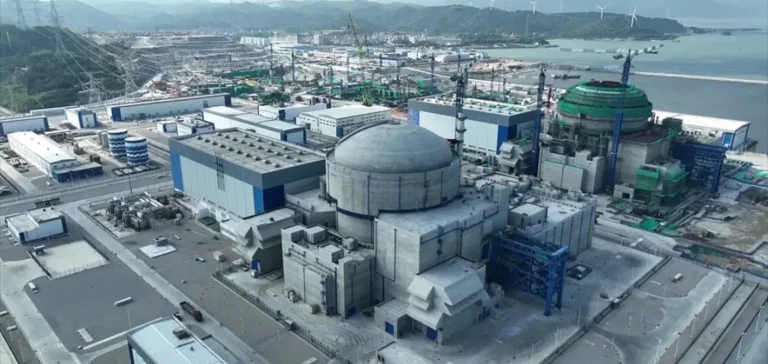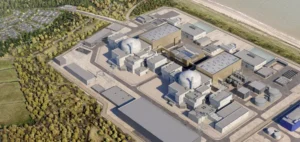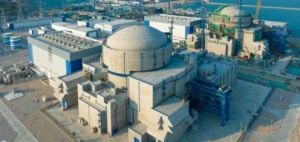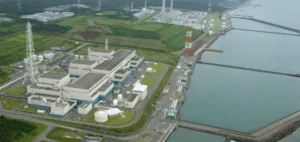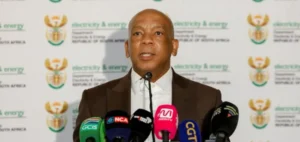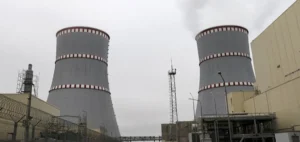The second reactor at the Zhangzhou nuclear power plant, located in China’s Fujian province, has been connected to the national power grid. China National Nuclear Corporation (CNNC) confirmed that Unit 2 of the site began generating electricity at 9:32am on November 22, injecting its first kilowatt-hours after achieving initial criticality three weeks earlier.
A project developed in two phases by CNNC and China Guodian
The Zhangzhou site, developed by the joint venture CNNC-Guodian Zhangzhou Energy Company, plans the deployment of six Hualong One (HPR1000) reactors, a domestically designed model. Construction of the first two units was approved by China’s Ministry of Ecology and Environment in October 2019. Unit 1, which began commercial operations in January, has already produced more than 8.8bn kilowatt-hours of electricity.
Unit 2 began nuclear fuel loading in October before achieving its first controlled chain reaction on November 3. CNNC stated that all technical indicators observed during grid connection meet design standards. The next phase will involve a series of tests to confirm the reactor’s readiness for commercial operation before the end of the year.
Expected annual output of 60bn kilowatt-hours
Reactors 3 and 4 are currently undergoing civil engineering and installation work, while preliminary development on Units 5 and 6 is progressing. Once fully completed, the entire complex is expected to generate more than 60bn kilowatt-hours of electricity annually, enough to cover 75% of the power demand of Xiamen and Zhangzhou cities.
The project is part of China’s broader nuclear energy expansion strategy, which prioritises domestic technologies to reduce dependence on fossil fuels and support regional power transmission capacity.


